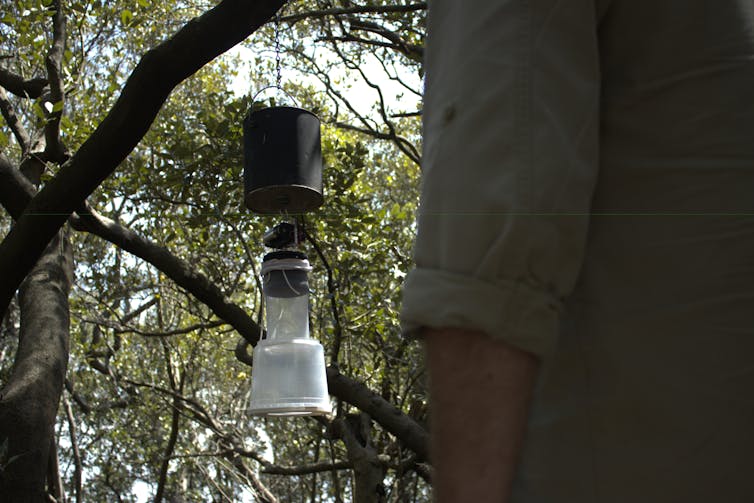A special team has been working at NSW Health Pathology’s Forensic Biology/DNA lab to test hundreds of historic Sexual Assault Investigation Kits (SAIKs) using the latest technology and search for DNA matches on the state and national DNA databases.
In a laboratory at the Forensic & Analytical Science Service (FASS) building in Lidcombe a team of 12 Forensic Scientists has spent two years working on the SAIK Backcapture Project.
A partnership with NSW Police, the team has painstakingly reassessed and examined hundreds of stored Sexual Assault Investigation Kits (SAIKs) for DNA using the latest technologies now available.
SAIKs are provided at the hospital after a sexual assault complaint is made and are used by medical and forensic examiners to collect evidence.
The purpose of the project was to bolster the existing criminal DNA database, identify links between scenes and offenders, and to ultimately gather intelligence and further investigative leads.
Team Leader of the SAIK Backcapture Project at FASS, Kylie Deece, (pictured above front row, second from left) says the SAIKs typically contain intimate swabs and items of clothing such as underwear.

“With assistance from NSW Police, our team received more than 780 SAIKs from police stations across NSW and some dating back as far as 23 years.”
Ms Deece says despite the age of some of the kits, state-of-the-art DNA testing methods available at NSW Health Pathology’s Forensic Biology/DNA laboratories means they have been able to successfully extract DNA from the SAIKs and upload the information to the NSW and National Criminal DNA databases.
“It’s been quite a successful project. We’ve had 310 uploads to the database from samples that would have otherwise remained in storage. Once profiles are uploaded to the database, it can provide intelligence for Police including potentially identifying serial sexual offenders,” she explained.
Some of the funding was also used to examine previously tested sexual assault samples after the original testing could not recover a DNA profile suitable for upload to the database.
“The technology for DNA testing has moved on significantly since some of those tests were done,” she said.
“Testing now is much more sensitive and we’re also able to target DNA from the male Y chromosome, which can help to identify offenders through a familial match.”

Ms Deece said the support of both the wider Forensic Biology/DNA and Receipt Unit sections of FASS has been crucial to the project’s success – providing expertise and training while continuing with already substantial workloads.
She also thanked the original Team Leader, Diana De Losa, who set solid foundations to ensure the best possible outcomes for the project.
NSW Police say the work sends a clear message to offenders that police never stop investigating incidents of sexual assault and abuse and it’s never too late to report an incident of sexual assault.









